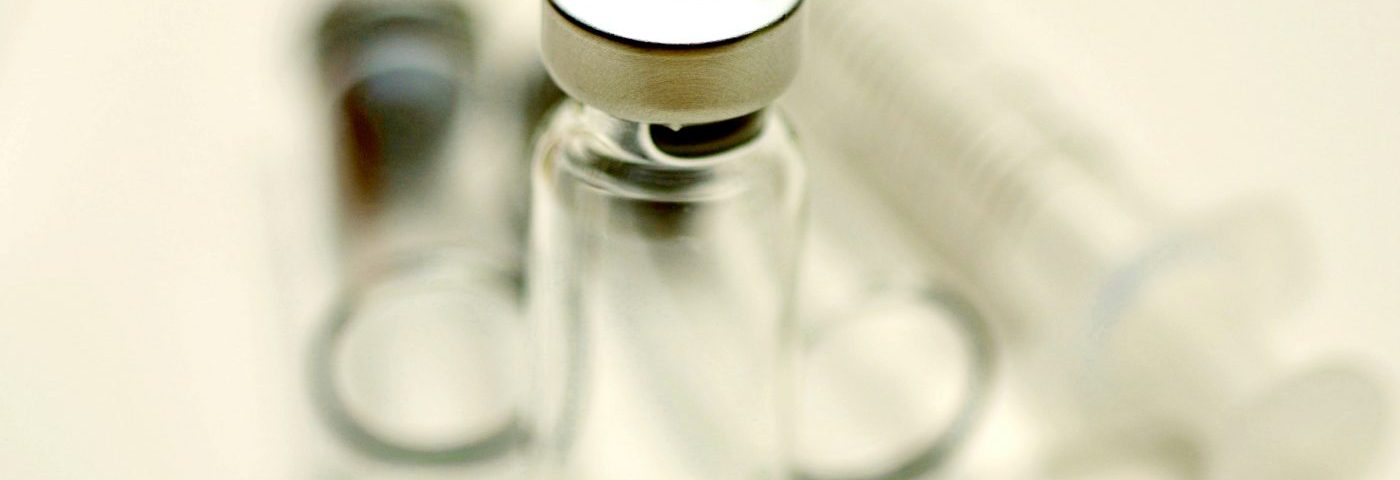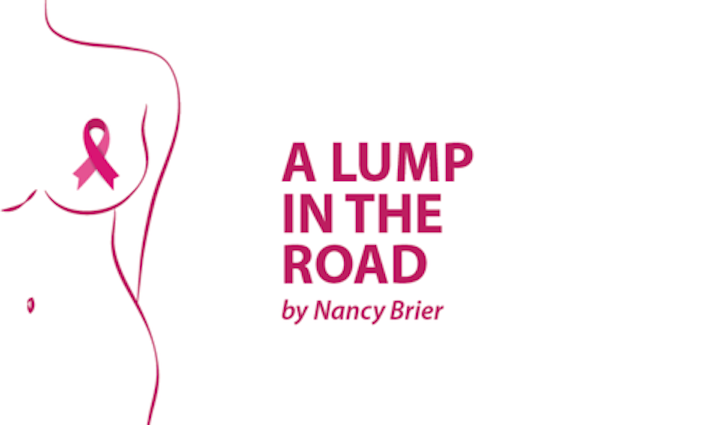“No fresh flowers,” my doctor said. “Avoid salad. No uncooked food. And don’t bring visitors home.”
Treatment for breast cancer took the better part of a year, and a lot of that time, I spent alone. No wonder cancer sometimes comes with depression.
I had chemotherapy for 16 weeks, and after each session, my white blood cell count dropped dangerously low. It’s a side effect called neutropenic fever, and it nearly took my life. Chemo saved me, but it almost killed me in the process.
During those bouts of fever, my doctor told me to quarantine myself. I couldn’t risk exposure to germs that might weasel into my system. Being around my husband and our daughter was OK because our bodies have built up resistance to each other. Everyone else was off limits.
The only upside was that my sisters cleaned my house. While I was getting infused with life-saving meds, Peg and Jane boiled every surface in our home. They scrubbed trashcans, bleached countertops, and scoured corners. Sometimes I wish I could fake neutropenic fever just to get my house that clean again.
After chemo and surgery, I had a five-minute blast of X-rays every day for six weeks. My hospital was hours from home, and I thought my heart would break when Gary and Lauren waved goodbye in front of our house.
Months later, Gary told my doctor I was depressed.
For as long as I can remember, I’ve battled depression. Childhood trauma left a gash on my soul I’ve tried to patch, and I guess cancer added another layer to that wound.
My oncologist put me on an antidepressant, which helped, but other people haven’t been so lucky. When depression goes untreated, it can be more dangerous than any disease I know. Lots of people haven’t survived it, and studies suggest that breast cancer can increase the risk.
That’s why I attended a lecture in Palm Desert, California, about the link between depression and cancer.
Dr. Samuel Ko, the guest speaker, is a soft-spoken emergency room specialist and a pioneer in treating depression using a drug with a complicated history.
In 1970, the FDA approved ketamine as a dissociative anesthetic used by ER doctors and anesthesiologists for sedation during painful procedures. It’s also been used during wartime as a battlefield anesthetic, in veterinary medicine, and even recreationally as a hallucinogenic drug akin to LSD, MDMA, and mushrooms.
Under the careful supervision of a medical doctor, the off-label use of ketamine can also provide immediate relief to people at risk for suicide due to depression and for others frustrated with attempts to combat depression.
Dr. Ko’s first experience with using ketamine on a depressed patient was in the ER. He said in the speaking session, “The problem with antidepressants is that they take a long time. Sometimes they don’t work at all. Or they have intolerable side effects. Since I’d used ketamine for procedural sedation and done a deep dive into the evidence behind ketamine, I suggested we try it on a patient who’d run out of options.”
Using ketamine to treat depression in the emergency room was — and still is — out-of-the-box thinking. But after an explanation of the latest research, Dr. Ko convinced the charge nurse and staff to try it. Serendipitously, the nurse had a brother with depression and PTSD, and she’d heard about the benefits of ketamine.
“The patient, who was suicidal when she arrived, experienced immediate relief. Although she faced hard work in the future, the agony she presented with was lifted, and I decided I’d create a clinic focused on providing ketamine infusions.”
Although every case is different, most ketamine patients get an infusion three times a week throughout two weeks, for six initial infusions. Then, they get booster infusions until treatment is no longer needed.
Before each treatment, Dr. Ko asks patients to set an intention. He wants them to think about an objective for that session and concentrate on it throughout the infusion. This mind-body connection, he says, is integral to healing.
After talking with Dr. Ko, I visited his infusion room. It has soft colors, an overstuffed recliner, and a view of palm fronds against a blue sky. The patient’s blood pressure, cardiac rhythm, oxygen saturation, and respiratory rate are monitored throughout the process, and a doctor or nurse stays in the room the entire time.
Dr. Ko’s emphasizes that as soon as they’re able, patients need to adopt lifestyle changes to keep depression at bay. Physical exercise, artistic expression, healthy relationships, restful sleep, clean diet, and spirituality are all part of the healing process he advocates.
“Sometimes,” Dr. Ko says, “having depression is like being in quicksand. Ketamine can be the catalyst that helps people get unstuck so they can better help themselves.”
***
Note: Breast Cancer News is strictly a news and information website about the disease. It does not provide medical advice, diagnosis, or treatment. This content is not intended to be a substitute for professional medical advice, diagnosis, or treatment. Always seek the advice of your physician or other qualified health provider with any questions you may have regarding a medical condition. Never disregard professional medical advice or delay in seeking it because of something you have read on this website. The opinions expressed in this column are not those of Breast Cancer News, or its parent company, BioNews Services, and are intended to spark discussion about issues pertaining to breast cancer.



Is ketamine and sprivota the same. Does sprivata cause breast cancerbtobgrow. My sister had stage 1b bc and has treatment resistant depression. Tried all meds and TMS. Please help published reports are too complicated for me to understand. Thank you.
I’m so sorry about your sister’s cancer and her depression. I’m not qualified to answer your question, so I’ll ask Dr. Ko and get back to you. He is a super nice guy and uses language even I can understand. As soon as I hear something back, I’ll post the information here. In the meantime, you’re always welcome to email me directly. Thanks for reaching out on behalf of your sister.
Dr. Samuel Ko responded to your question which I hope is helpful. Along with his response, I included his contact info. The only other thing I’d add is to be sure to take care of yourself as you take care of your sister. My heartfelt best wishes to both of you.
From Dr. Samuel Ko:
Ketamine is a generic medication which contains two isomers: S-Ketamine and R-ketamine Spravato is a nasal spray containing one isomer (S-Ketamine). It was created by Johnson and Johnson to capitalize on the effects of ketamine by creating a new patent. Unfortunately, nasal ketamine has lower bioavailability than intravenous ketamine and thus not as effective.
In general, ketamine is known to stimulate the estrogen receptor. Depending upon the type of breast cancer, whether it is sensitive to estrogen, it can potentially increase breast cancer growth. If the breast cancer is the type not sensitive to estrogen, then it shouldn’t be a problem.
H. Samuel Ko, MD, MBA, FACEP
Reset Ketamine
177 N. Luring Drive
Palm Springs, CA 92262
Office: 760-422-5578
Fax: 1-888-946-8265
http://www.resetketamine.com
Can you comment on the info that ketamine causes breast cancer proliferation in mice and its affects on women. Than you. I would like to try ketamine except for that.
I encourage you to contact Dr. Ko’s office directly so you can get all the information you need to feel comfortable with your decision. I went there in person to observe a patient getting treatment, and I talked with the doctor, the patient, and all the staff members at that time. Everyone was very nice and used easy-to-understand language. His contact information is included on this thread. I hope you get relief from your symptoms & welcome you to share your experiences here.